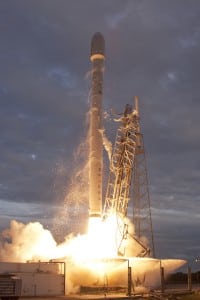
The Federal Aviation Administration (FAA) should review and update as appropriate its probable loss methodology for calculating commercial launch providers’ insurance requirements as it relates to third-party indemnification, the Government Accountability Office (GAO) testified Tuesday. Third-party indemnification is a term for the total amount of money the federal government would be responsible for paying beyond private insurance in case of public, or third-party, damages from a catastrophic commercial launch accident. In the anticipation of such an event, a launch company…













